AMD has launched their new Threadripper PRO 7000 WX-series of processors, offering substantial performance improvements across the board. But, exactly how do they compare to Intel’s Xeon W-3400 line?


AMD has launched their new Threadripper PRO 7000 WX-series of processors, offering substantial performance improvements across the board. But, exactly how do they compare to Intel’s Xeon W-3400 line?
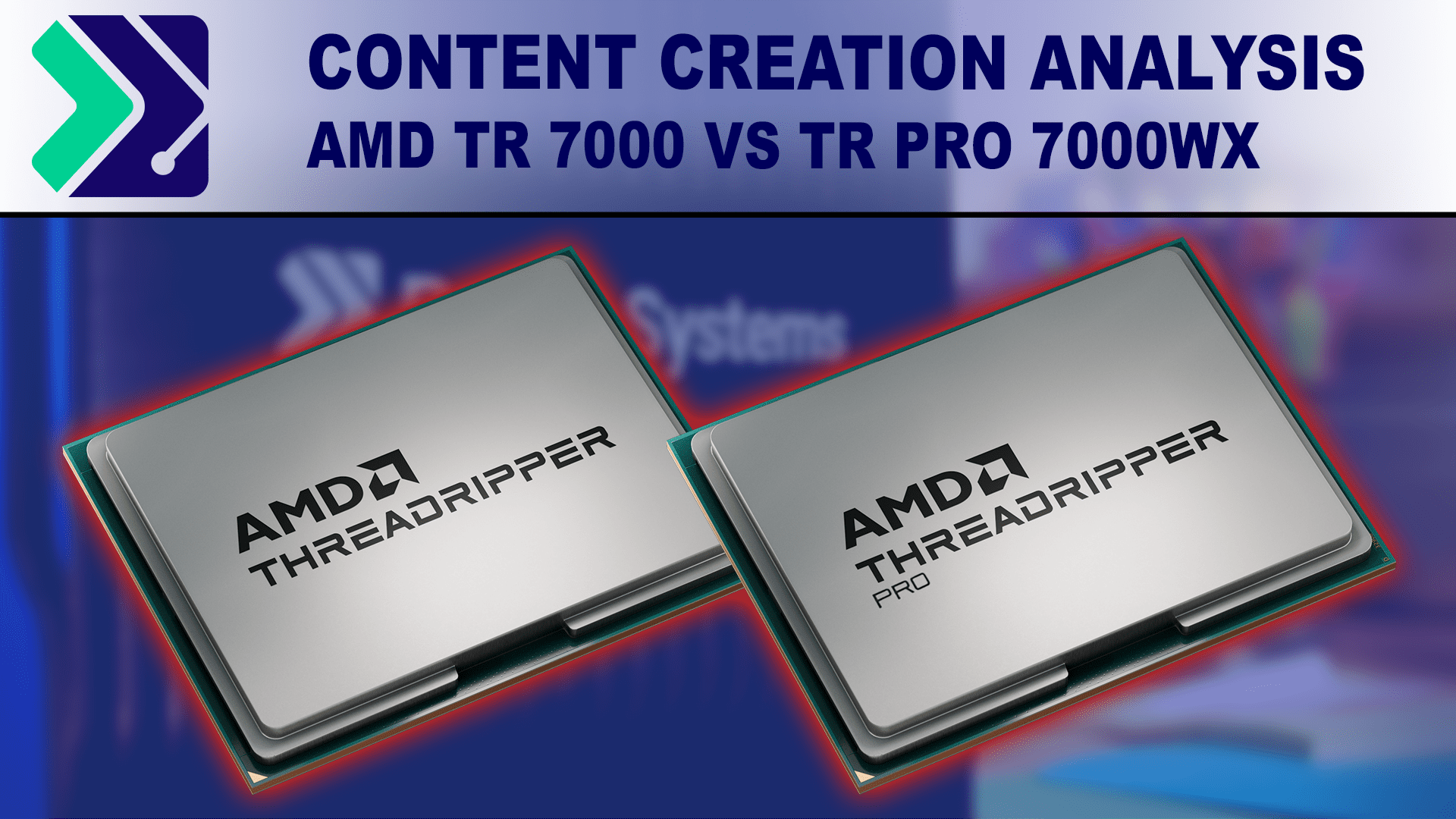
With their latest “7000” series of processors, AMD has split their high re-count CPUs into two separate product families: the AMD Threadripper 7000 Series, and the even higher tier AMD Threadripper PRO 7000 WX-Series. But when is it worth it to invest in the PRO line for different content creation workflows?
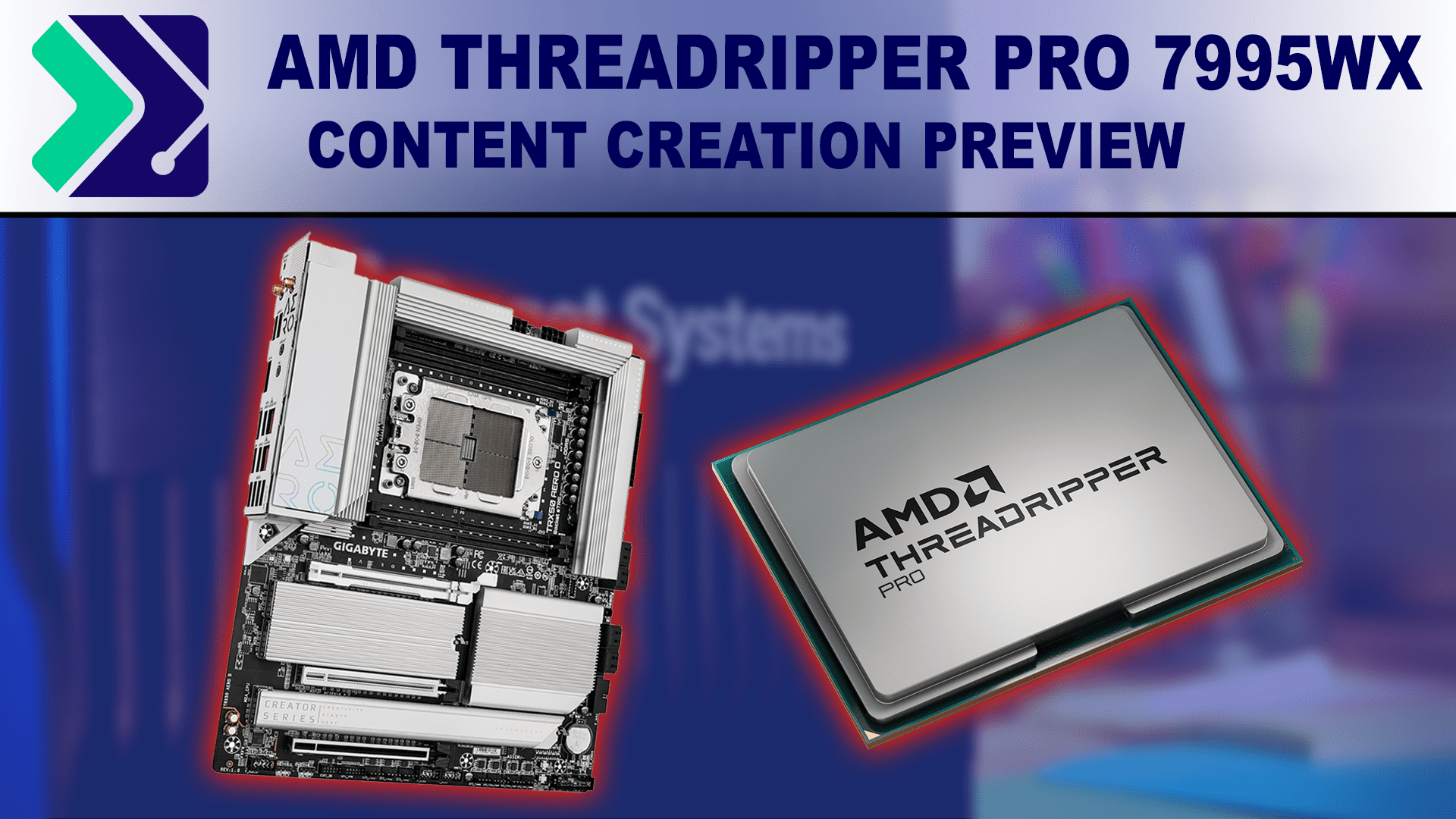
The 96-Core 7995WX is the highest core count desktop CPU on the market. How does it perform for content creation applications on the TRX50 platform?
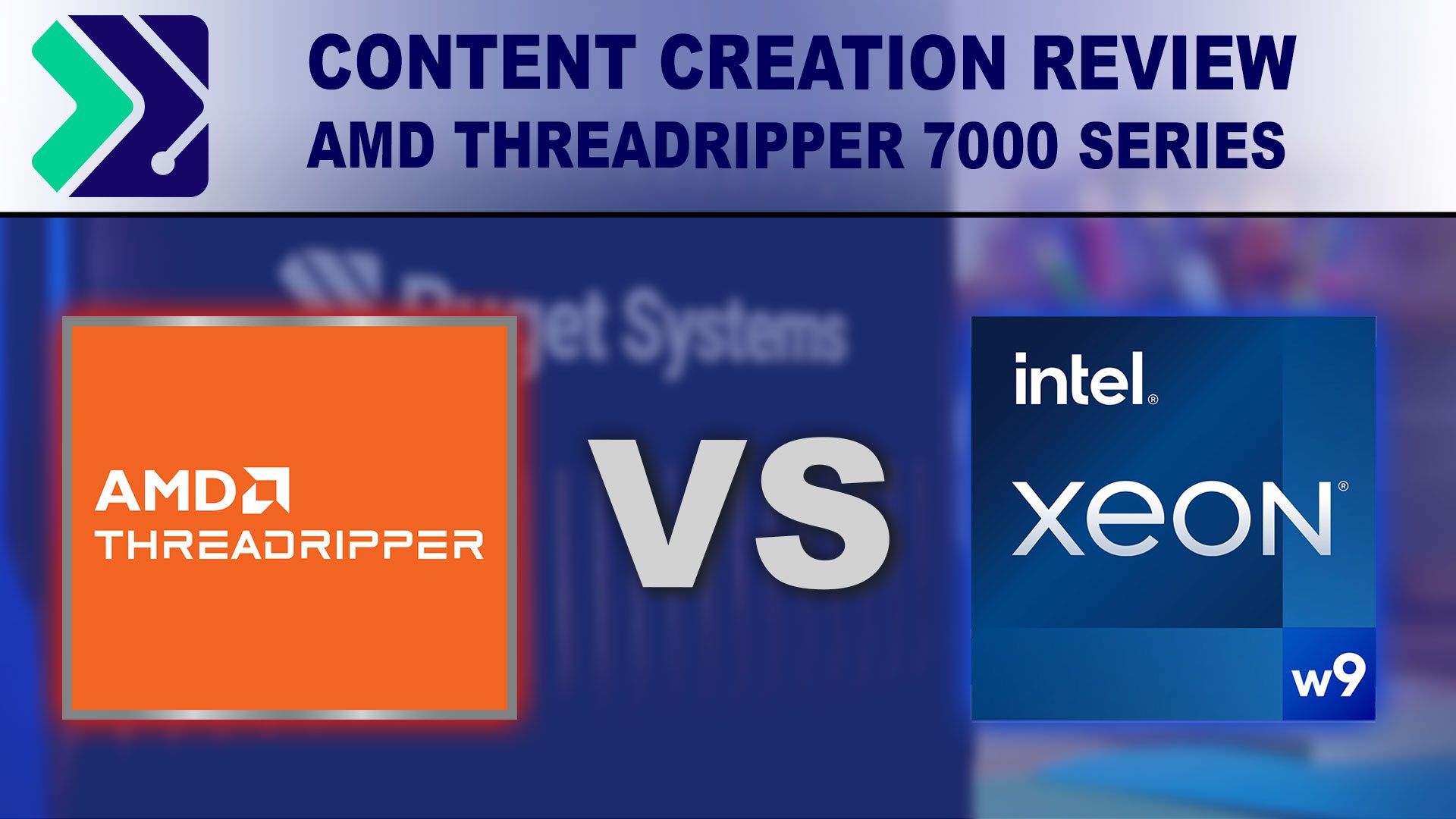
AMD has launched their new Threadripper 7000 series of processors, offering substantial performance improvements across the board. But, exactly how do they compare to Intel’s Xeon W-3400 line?
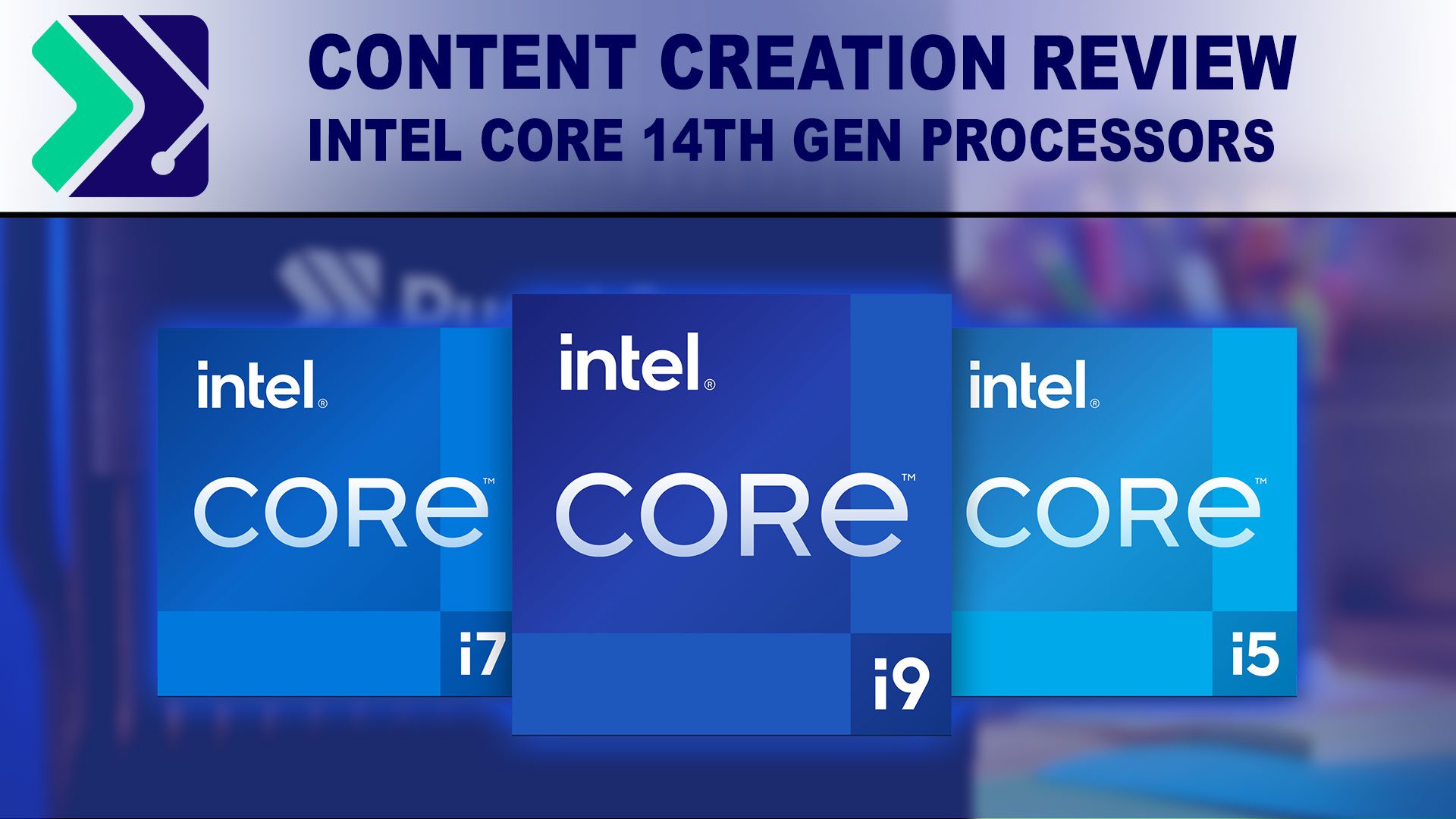
The new Intel Core 14th Gen processors are a refresh update of the previous 13th Gen processors. But, how much faster are they for content creation workflows?
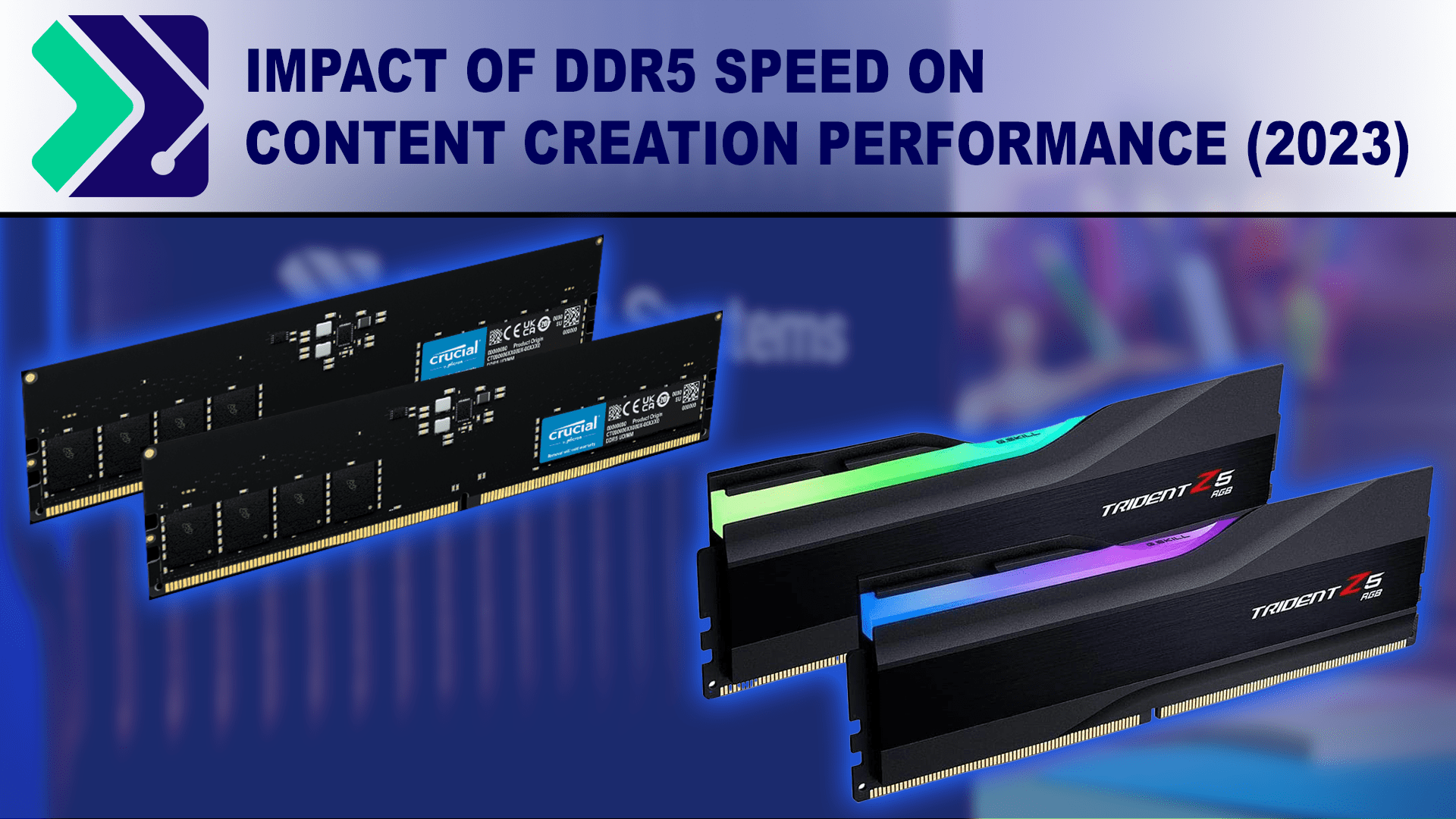
DDR5 memory has kits rated for up to 8400 Mbps, while desktop CPUs only officially support up to 5600 Mbps. How much does running at official specifications actually impact performance in common content creation applications?
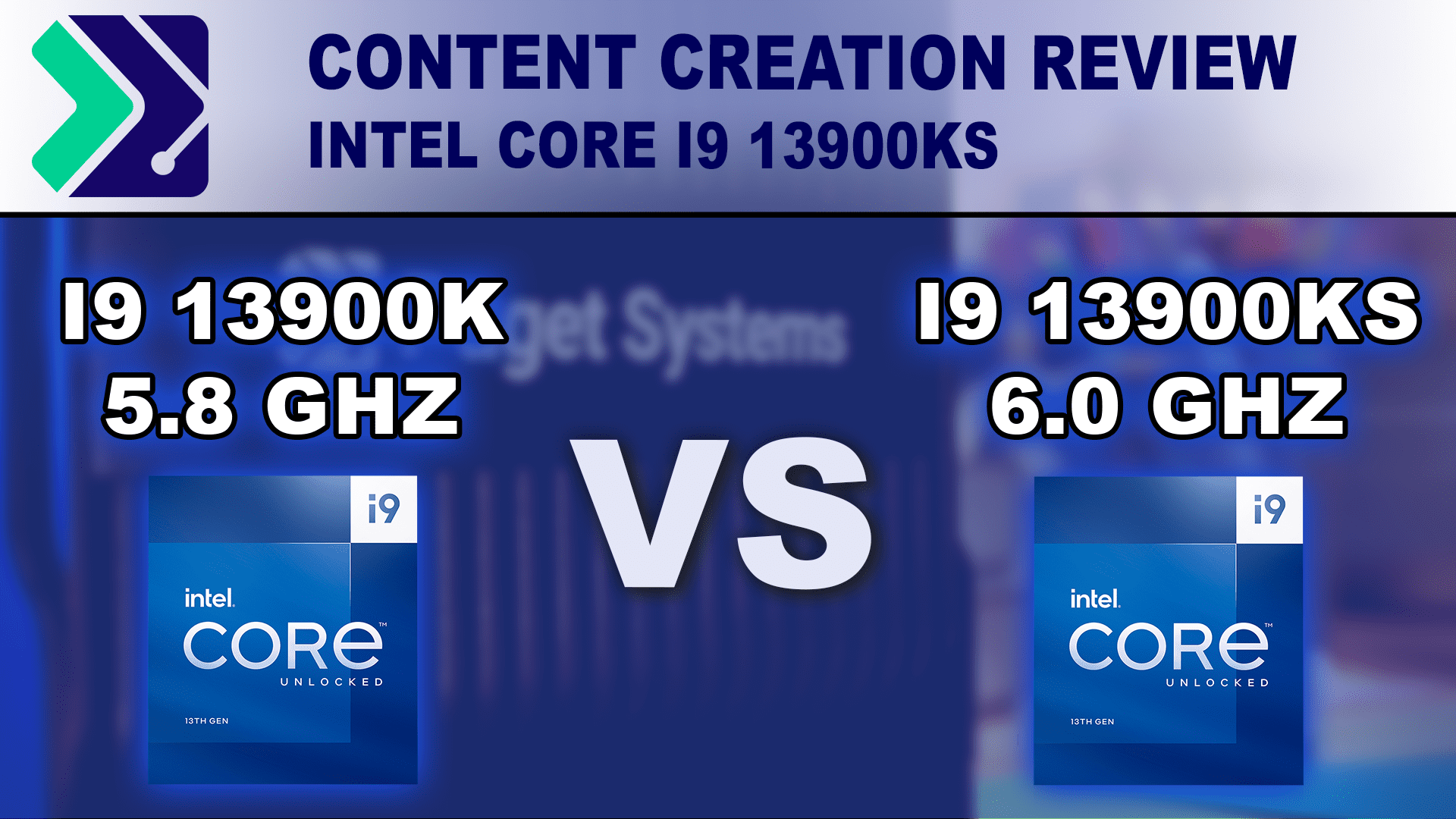
Following the success of the initial launch of their 13th Gen processors, Intel is now launching the Core i9 13900KS which is the first CPU to be capable of hitting 6 GHz at stock settings. But will this make any real difference for content creation?
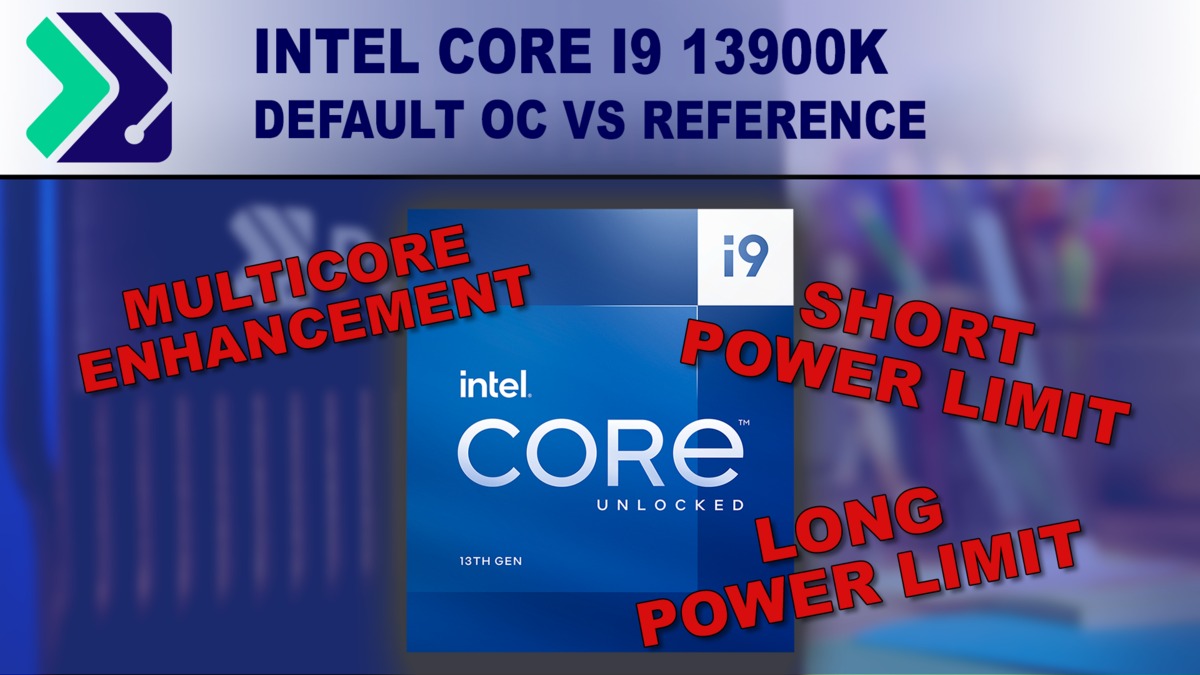
Intel’s 13th Gen processors bring terrific performance across the board, but many modern processors have been criticized for their high power draw and heat output. However, we have found that most CPUs only operate at these high temperatures when the motherboard BIOS is allowed to automatically overclock the processor above the official Intel specifications. Does running them at reference speeds impact performance, and how much of a difference does it make for thermals?
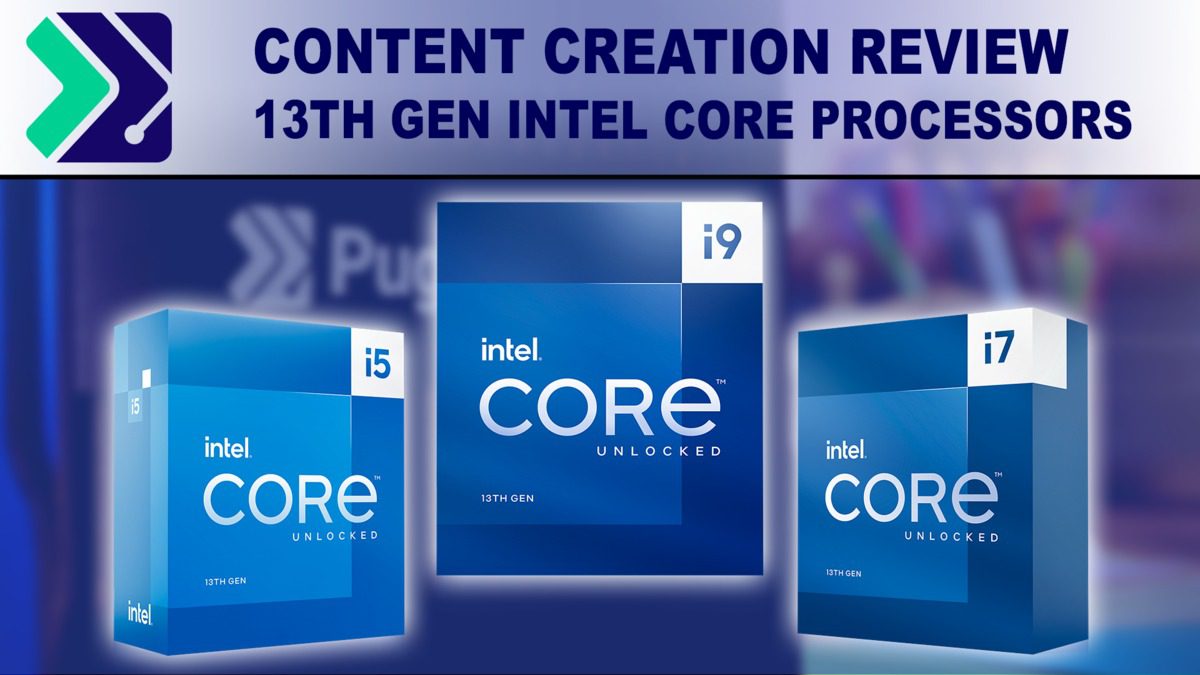
Following AMDs recent release of their Ryzen 7000 Series desktop processors, Intel is fighting back with their own launch of the Core 13th Gen processors (code named “Raptor Lake”). Unlike AMD’s launch which moved to a new socket and added support for DDR5, the 13th Gen CPUs are a drop-in upgrade for the 12th Gen processors since they share the same socket and existing support for DDR5 memory. Even though the base platform is largely unchanged, however, we still expect some big performance gains in a number of content creation workflows.
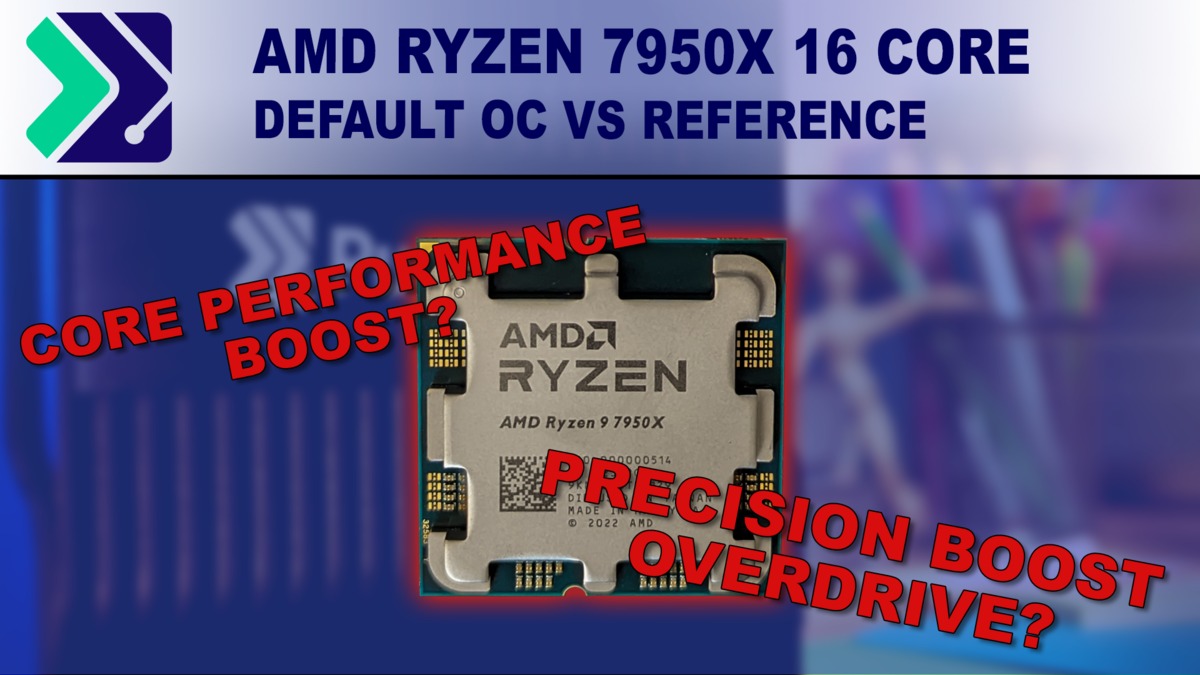
The new AMD Ryzen 7000 Series of processors bring terrific performance across the board, but have been criticized in many reviews due to the fact that they often hit CPU temperatures of 95 Celcius under heavy loads. However, we have found that they only operate at these high temperatures when the motherboard BIOS is allowed to automatically overclock the processor above the official AMD specifications. Does running them at reference speeds impact performance, and how much of a difference does it make for thermals?